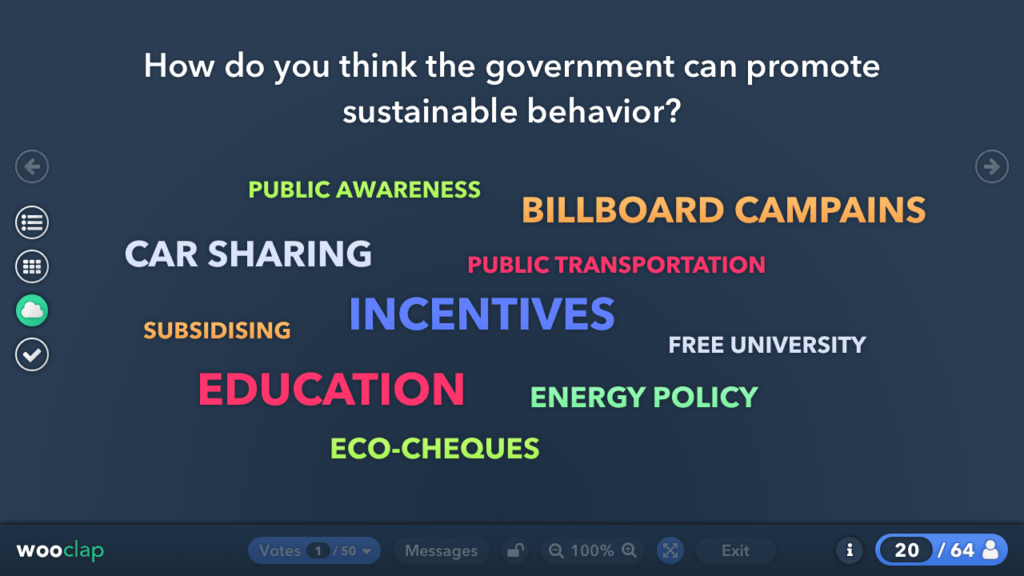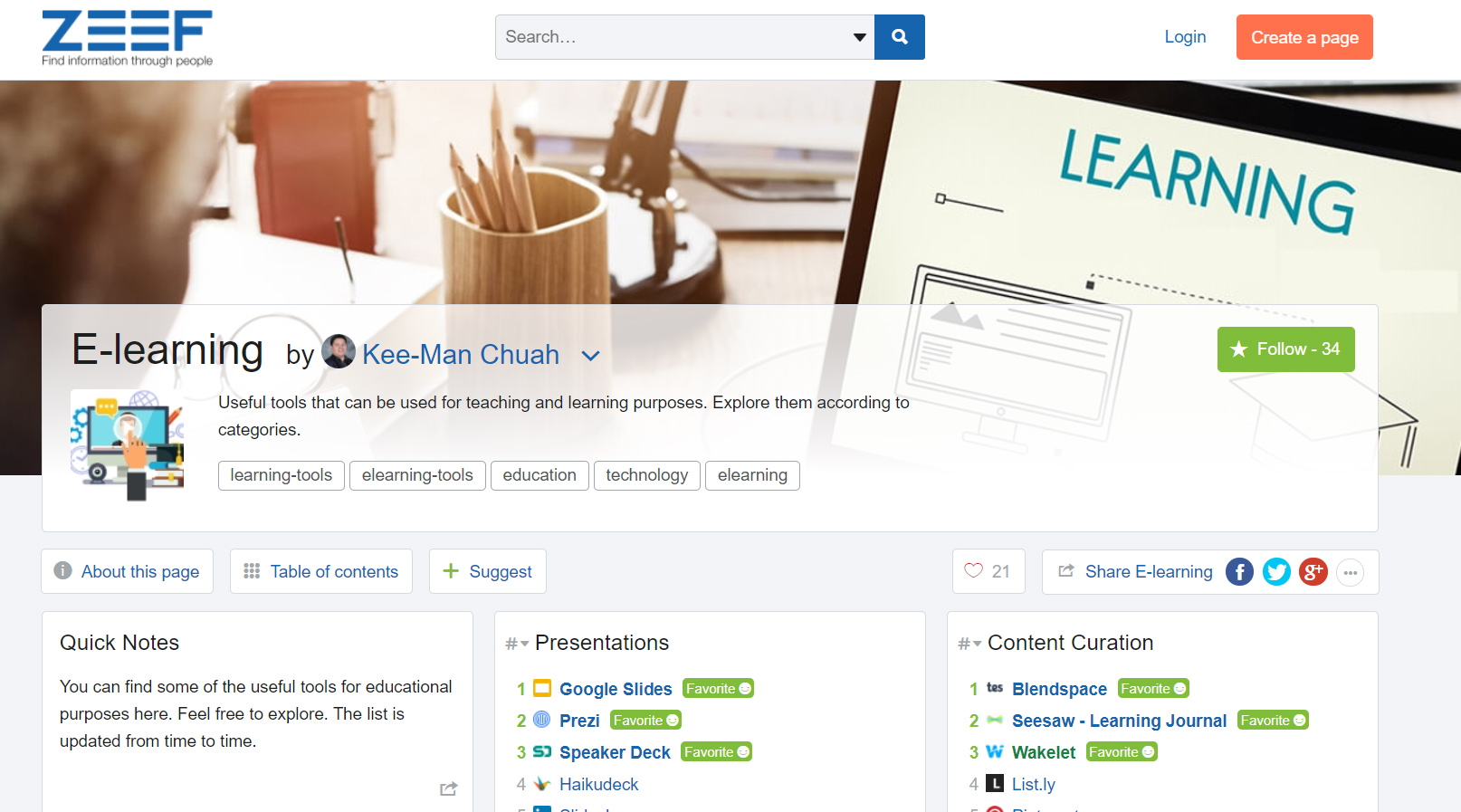I had the opportunity to have a discussion with several in-service teachers when I was conducting a research in a secondary school for the last couple of weeks. One question that I asked them was "What are the things that you could have done to make your teaching or lesson more effective and engaging?". Not surprisingly, all teachers mentioned the use of various instructional technologies from multimedia courseware to the world wide web. My reply to them was that it was not all about technology. Technology itself cannot teach! It’s up to the teachers to decide when, where and how to use it to maximise learning.

Well, I was browsing through Kelly Tenkely’s blog when I discovered she has also shared her thoughts on the same topic, an article which she has written for TheApple.com. The following is the first three paragraphs of the article:
This may seem like a strange title coming from a technology evangelist and integration specialist. But it is true, it isn’t all about technology in classrooms. Don’t get me wrong, technology can and will do amazing things to increase student learning, differentiate instruction, and meet students where they are. Understand, technology alone can’t do this, it isn’t the golden ticket that when plugged in solves all educational problems. I see many schools who purchase the latest-and-greatest technology, software, and infrastructure only to have the technology collecting dust a few years later when it didn’t solve the education problems of the school. This isn’t the technologies fault, it doesn’t mean that the technology has failed to deliver. What schools often miss is that it isn’t really about the technology at all. There is a foundational level that needs to be addressed in schools first.
Many classrooms still look the way they did in the 19th century. The teacher is at the front of the classroom giving students facts to memorize, rules about grammar, math, and science. The role of the student is to take it all in, memorize, and regurgitate the information back in the form of an essay, worksheet, or test. The teacher marks up the student work, puts a grade at the top, and returns it to the student. The process repeats itself as the teacher works to squeeze in all of the curriculum before the end of the year. Technology can’t improve this learning environment. In fact, technology will feel forced and unnatural in this classroom model. Technology invites students to problem solve, create, think critically, and collaborate. The focus is not on memorization and testing but on discovery and creativity. In this classroom model, technology may be used to replace the chalk board with a PowerPoint presentation. This may be more visually appealing, but it doesn’t change how students are learning. The teacher is still the center of the classroom and students are still taking it all in and regurgitating back on worksheets and tests. Learning hasn’t really changed so the results continue to stay the same.
Students learn by doing. Students learn through making connections to things they already know. Students learn through discovery. Students learn when they are the center of their education. Technology lends itself naturally to this type of classroom. Technology enhances learning exponentially when introduced into a classroom where students are at the center of learning. Think about the most popular technologies with students today outside of the classroom. For elementary students those that top the list are Club Penguin and Webkins. For secondary students they are Facebook, Myspace, YouTube, and Twitter. What do these have in common? They are all social. Each of these tools invites communication and collaboration. Students aren’t interested in technology for the sake of technology, they are hooked by the increased ability to communicate ideas and work together. In the traditional classroom students complete work for one person: the teacher. There is very little communication after the paper has been handed back. What can technology do to make learning more of a collaborative effort? Web 2.0 tools (those online tools that invite communication and/or collaboration) make learning collaborative.
Read the full article here.





1 Comment